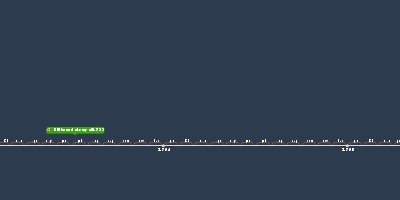jul 9, 1793 - Bill to end slavery of 1793
Description:
Lieutenant-Governor J.G. Simcoe signed The 1793 Act to Limit Slavery in Upper Canada, that didn’t free slaves, but freed their children at 25 and stopped their importation. This would ensure the decline of slavery over time. The act was signed in Niagara-on-the-lake, Ontario, Canada on July 9, 1793. Chloe Cooley, a Black slave in Niagara, was taken to be sold in New York State, and others heard her resistance as she was bound and transported. Peter Martin, a Black Loyalist, and a white witness, William Grisley, reported the incident to Lieutenant-Governor J.G. Simcoe. Simcoe then used this to start the legislation to abolish slavery in Upper Canada. This event started the decline of slavery in Canada and eventually helped to free Black Canadians, giving them more rights in future generations.Works Cited:
Henry, Natasha. “1793 Act to Limit Slavery in Upper Canada | the Canadian Encyclopedia.” Www.thecanadianencyclopedia.ca, 27 Feb. 2022, www.thecanadianencyclopedia.ca/en/article/1793-act-to-limit-slavery-in-upper-canada#:~:text=The%201793%20Act%20to%20Limit.
Statutes of Upper Canada. upload.wikimedia.org/wikipedia/commons/thumb/1/1b/An_Act_Against_Slavery.jpg/1024px-An_Act_Against_Slavery.jpg. Accessed 15 May 2023.
“Upper Canadian Act of 1793 against Slavery National Historic Event.” Www.pc.gc.ca, www.pc.gc.ca/apps/dfhd/page_nhs_eng.aspx?id=1623#:~:text=Inspired%20by%20the%20abolitionist%20sentiment. Accessed 15 May 2023.
Wikipedia Contributors. “Act against Slavery.” Wikipedia, Wikimedia Foundation, 10 Sept. 2019, en.wikipedia.org/wiki/Act_Against_Slavery.
Added to timeline:
Date:
jul 9, 1793
Now
~ 232 years ago
